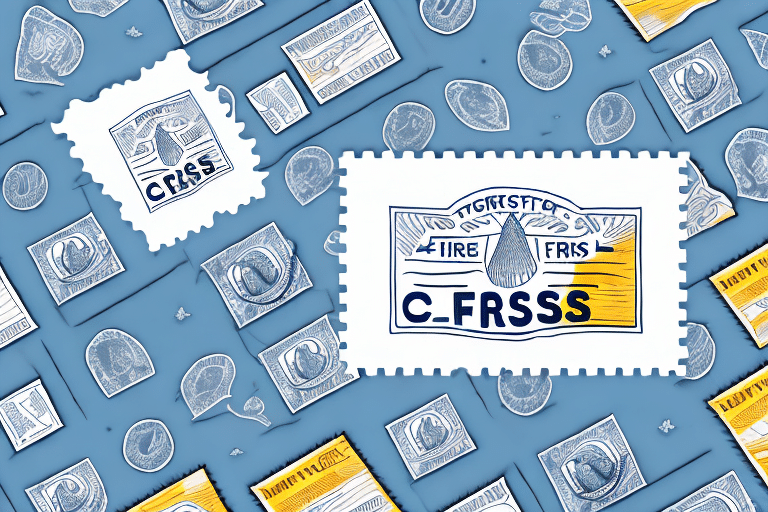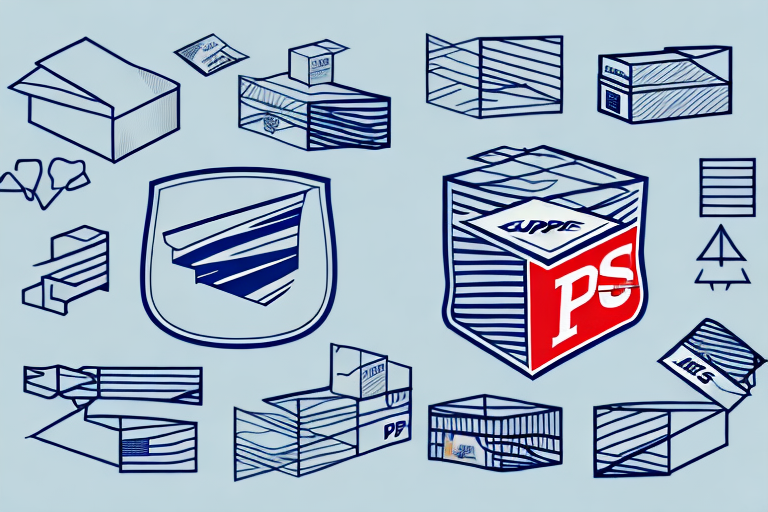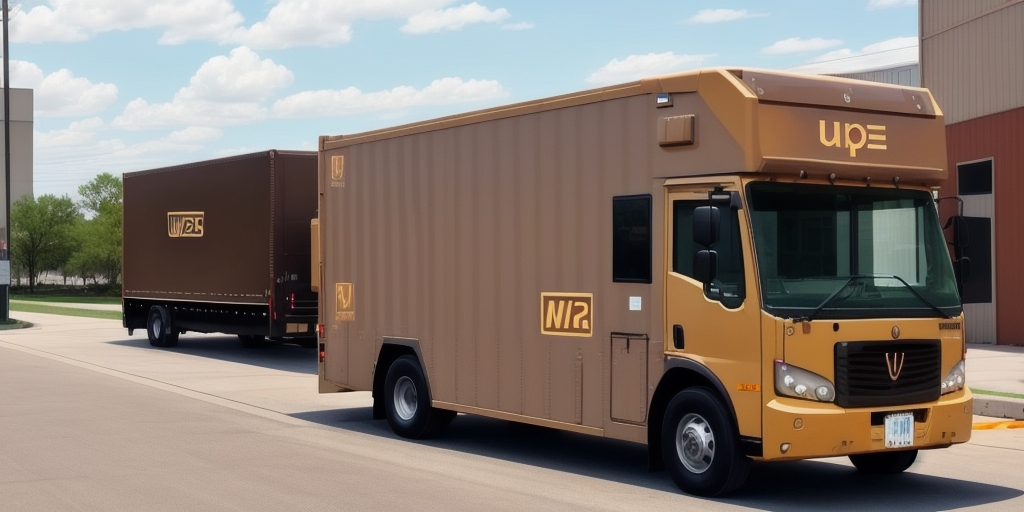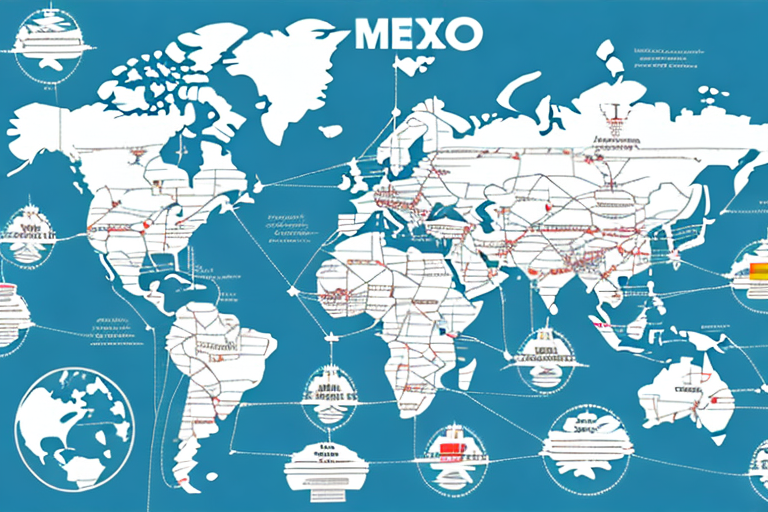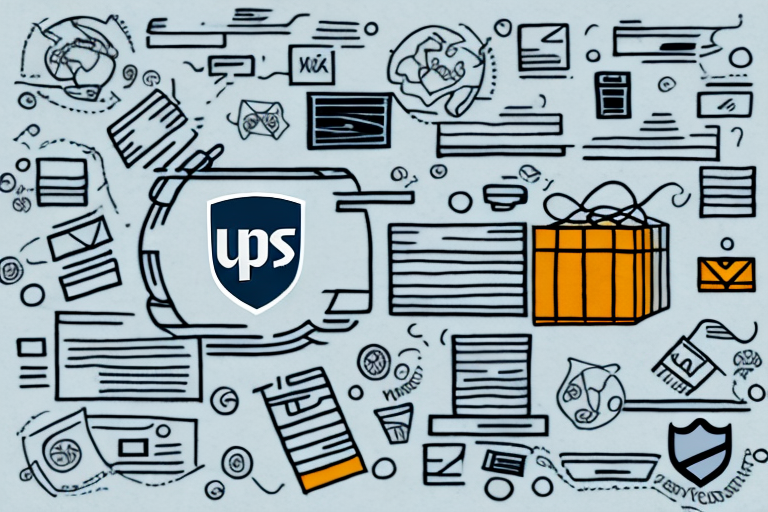Is First Class Package Shipping Insured?
When shipping packages, a common concern is whether First Class Package Shipping is insured. The answer is both yes and no. While the United States Postal Service (USPS) offers insurance for First Class Package Shipping, it's essential to understand the nuances of this service, the extent of its insurance coverage, and alternative options available to individuals and e-commerce businesses.
Understanding the Basics of First Class Package Shipping
First Class Package Shipping is a favored option for individuals and small businesses due to its affordability, speed, and reliability. This shipping method is typically used for packages weighing 13 ounces or less and includes tracking and delivery confirmation. The shipping cost is determined by the package's weight and the distance it travels.
However, First Class Package Shipping has certain restrictions. Packages must adhere to specific dimensional limits, and prohibited items, such as hazardous materials, cannot be shipped using this method. While generally reliable, there is always a risk of delays or lost packages. Proper packaging and labeling are crucial to minimizing these risks.
What is Package Insurance and How Does it Work?
Package insurance, or shipping insurance, provides protection for items that are lost, stolen, or damaged during transit. USPS offers insurance for First Class Package Shipping for an additional fee, starting at $1.50 and extending up to $5,000.
The coverage amount is based on the declared value of the item being shipped. If the item's value exceeds the purchased coverage, the customer may not receive full reimbursement in the event of loss or damage.
Certain items may be ineligible for package insurance, including perishable goods and prohibited items. It's important to verify eligibility with USPS or your chosen shipping carrier before purchasing insurance.
For more detailed information, refer to the USPS Insurance Services.
The Limitations of USPS First Class Package Insurance
While USPS First Class Package Shipping offers insurance, there are notable limitations:
- Coverage Scope: Insurance covers only the cost of the item being shipped, not the shipping fees.
- Maximum Coverage: The maximum coverage per package is $5,000, which may be insufficient for high-value items like jewelry or electronics.
- Exclusions: Damage resulting from improper packaging or handling is not covered.
Therefore, ensuring proper packaging and considering additional insurance for high-value items is advisable.
What Items are Covered by First Class Package Insurance?
First Class Package Shipping insurance covers a broad range of items, including jewelry, small electronics, and other valuables. However, certain items are excluded from coverage, such as:
- Perishable goods
- Ammunition
- Alcoholic beverages
For a comprehensive list of restricted items, visit the USPS Insurance Guidelines.
The coverage amount varies based on the declared value, with a maximum of $500 for domestic shipments and $400 for international shipments. For items valued above these limits, additional insurance or alternative shipping methods are recommended.
Proper packaging is essential, as USPS does not cover damage caused by inadequate packaging. USPS provides packaging guidelines and materials to help ensure safe delivery.
How to File a Claim for Lost or Damaged Packages
If a package is lost or damaged during transit, you can file a claim with USPS for reimbursement. The process involves:
- Providing proof of value (e.g., receipt or invoice)
- Submitting evidence of damage (e.g., photographs)
USPS has specific guidelines for filing claims, which can be found on their Claims Page. It's crucial to adhere to the following time limits:
- Domestic Shipments: Claims must be filed within 60 days of the mailing date.
- International Shipments: Claims must be filed within 6 months.
After approval, USPS reimburses the sender for the item's value up to the declared amount. Note that shipping costs or fees are not reimbursed.
Tips for Keeping Your Packages Safe During Shipping
While insurance provides a safety net, proactive measures can enhance package safety:
- Use Sturdy Boxes: Ensure the box can withstand handling and transit conditions.
- Packing Materials: Use cushioning materials like bubble wrap or packing peanuts to protect items.
- Proper Labeling: Clearly and correctly address packages to prevent delivery errors.
- Avoid Overpacking: Overpacked boxes are more susceptible to damage and bursting.
- Consider Package Weight: Heavier packages may require additional packaging materials or special handling.
For more packaging tips, refer to USPS's Packaging Guidelines.
Alternatives to First Class Package Shipping Insurance
For those seeking more comprehensive coverage, alternative insurance options are available:
- Private Shipping Insurers: Companies like ShipScience offer customizable insurance policies with increased coverage limits and flexible terms.
- Carrier-Specific Insurance: Other carriers, such as UPS and FedEx, provide their own insurance options with varying coverage levels and rates.
Choosing the right insurance depends on the value of the items being shipped and the specific needs of the sender.
Comparing Shipping Insurance Options for E-commerce Businesses
Shipping insurance is vital for e-commerce businesses to protect their merchandise and maintain customer satisfaction. When comparing insurance options, consider the following:
- Coverage Limits: Ensure the policy covers the full value of your products.
- Exclusions: Understand what is not covered to avoid surprises during claims.
- Claims Process: A streamlined and efficient claims process can reduce downtime and financial loss.
- Cost: Balance coverage benefits with the cost of premiums to find the most cost-effective solution.
Businesses should assess the types of products shipped, as some insurance policies may exclude certain items like hazardous materials or high-value electronics. It's advisable to consult with insurance providers to tailor a policy that fits the specific needs of the business.
For more information on insurance options, visit the UPS Insurance Services and FedEx Insurance Options.
The Importance of Reading the Fine Print in Shipping Insurance Policies
Regardless of the insurance option chosen, it's crucial to thoroughly read and understand the policy's terms and conditions:
- Coverage Limits: Be aware of the maximum reimbursement amounts.
- Eligible Items: Ensure your items are covered under the policy.
- Exclusions: Know what is not covered to avoid unexpected gaps in coverage.
- Claims Procedures: Understand the steps and documentation required to file a claim successfully.
By comprehensively understanding the policy details, individuals and businesses can make informed decisions and ensure adequate protection for their shipments.
Conclusion
First Class Package Shipping offers insurance options, but it's accompanied by limitations and restrictions. Understanding these limitations and exploring alternative insurance options is essential to ensure the safe and secure delivery of packages. By taking necessary precautions, utilizing proper packaging techniques, and selecting the appropriate insurance coverage, individuals and e-commerce businesses can effectively protect their merchandise during transit.
Additional Considerations
When evaluating shipping insurance policies, consider the following:
- Item Type: Fragile or high-value items may require specialized insurance or additional packaging.
- Claims Deadlines: Adhere to claim filing deadlines to avoid forfeiting coverage.
- Documentation: Maintain thorough records and evidence to support any claims filed.
By addressing these factors, shippers can enhance their overall shipping strategy and minimize potential losses due to unforeseen circumstances.

